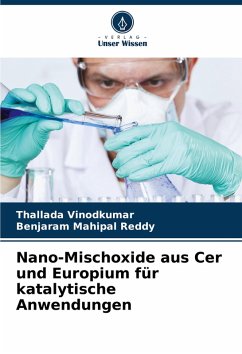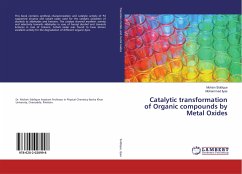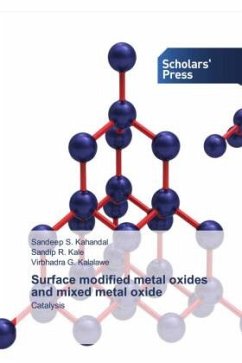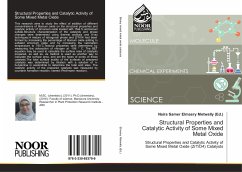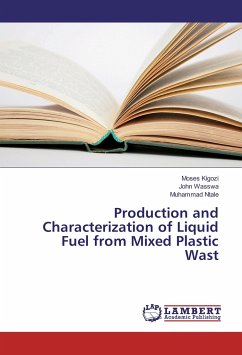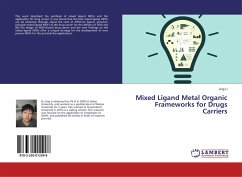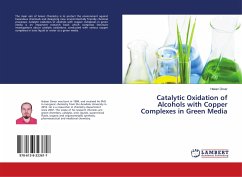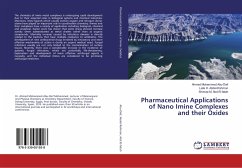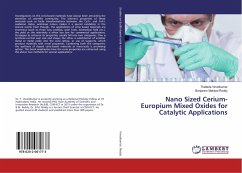
Nano Sized Cerium-Europium Mixed Oxides for Catalytic Applications
Versandkostenfrei!
Versandfertig in 6-10 Tagen
43,99 €
inkl. MwSt.

PAYBACK Punkte
22 °P sammeln!
Investigations on the ceria-based materials have always been attracting the attention of scientific community. The inherent properties of these materials such as facile transformations between the Ce3+ and Ce4+ oxidation states, acid-base nature makes it a special candidate in the science world. Even though, the applications of ceria based materials are enormous (such as three way catalysis, solar fuels, biomedical field etc.), the yield or the selectivity is often too low for commercial applications. Strategies to enhance its properties usually fall into two categories. One is synthesis contr...
Investigations on the ceria-based materials have always been attracting the attention of scientific community. The inherent properties of these materials such as facile transformations between the Ce3+ and Ce4+ oxidation states, acid-base nature makes it a special candidate in the science world. Even though, the applications of ceria based materials are enormous (such as three way catalysis, solar fuels, biomedical field etc.), the yield or the selectivity is often too low for commercial applications. Strategies to enhance its properties usually fall into two categories. One is synthesis control over size and shape; the other is substitution of another metal or metal oxide into the ceria lattice, or use of supports, which produce materials with novel properties. Combining both the categories, the synthesis of doped ceria-based materials at nano-scale is promising option. This book emphasizes how the ceria properties are enhanced using the above two methods for several applications



